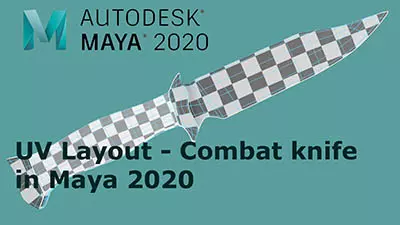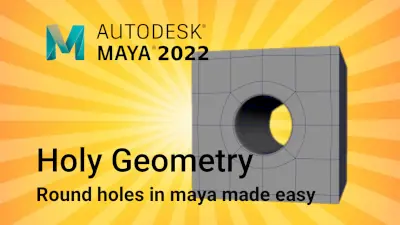Maya for 3D Printing - Rapid Prototyping
In this course we're going to look at something a little different, creating technically accurate 3D printed parts.
#
1
14-05-2015
, 04:00 PM
EduSciVis-er
Join Date: Dec 2005
Join Date: Dec 2005
Location: Toronto
Posts: 3,374
Teaching a renderer to new 3D students
Is mental ray still worth teaching or should I teach them something else? Remember they are new to materials, texturing, lighting. I am leaning towards Renderman, because it just seems simpler and more artist-driven, but I haven't delved too deep into it yet. I particularly like the incremental sampling mode with PRMan that allows a novice to almost immediately see the effect of their adjustments. Then again, maybe I should stick with what I know best.
Considerations:
1) Once they get into the industry, will they be able to pick up another renderer if it is being used? What core skills and knowledge will they need at this stage, that are more renderer-agnostic?
2) Cost: mental ray comes with Maya and Renderman is free for non-commercial. Others?
3) Support for advanced Maya features, since they will be creating full animation projects ultimately. Instanced nParticles, nHair, SSS...
4) I am most comfortable (if that word can be used with mr) with mental ray, although I am dabbling in Renderman.
5) Support for a convenient After Effects compositing workflow
#
2
14-05-2015
, 11:18 PM
#
3
15-05-2015
, 03:50 AM
When I tried Arnold, I was like "Wait, that's it? No need to plug this into that and the fiddle with the other thing?". If anything mental ray has forced me to learn a lot which might be a good/bad thing depending how you look at it.
#
4
16-05-2015
, 08:26 PM
EduSciVis-er
Join Date: Dec 2005
Join Date: Dec 2005
Location: Toronto
Posts: 3,374
Posting Rules Forum Rules
Similar Threads
3dprint.com and 3ders.org features D3CRYPT3D! Stolen 3D assets NO MORE
by d3crypt3d in forum Maya Basics & Newbie Lounge replies 0 on 03-11-2016
Toy Story 3 3D Review
by stwert in forum Maya Basics & Newbie Lounge replies 1 on 28-06-2010
3D vs 3D
by stwert in forum Maya Basics & Newbie Lounge replies 2 on 16-04-2010
Why Maya?
by haka in forum Maya Basics & Newbie Lounge replies 21 on 10-11-2007
fur rendering failed?????
by olivermagno in forum Maya Materials & Textures replies 2 on 21-05-2003
Topics
Free Courses
Full Courses
VFX News
How computer animation was used 30 years ago to make a Roger Rabbit short
On 2022-07-18 14:30:13
Sneak peek at Houdini 19.5
On 2022-07-18 14:17:59
VFX Breakdown The Man Who Fell To Earth
On 2022-07-15 13:14:36
Resident Evil - Teaser Trailer
On 2022-05-13 13:52:25
New cloud modeling nodes for Bifrost
On 2022-05-02 20:24:13
MPC Showreel 2022
On 2022-04-13 16:02:13










